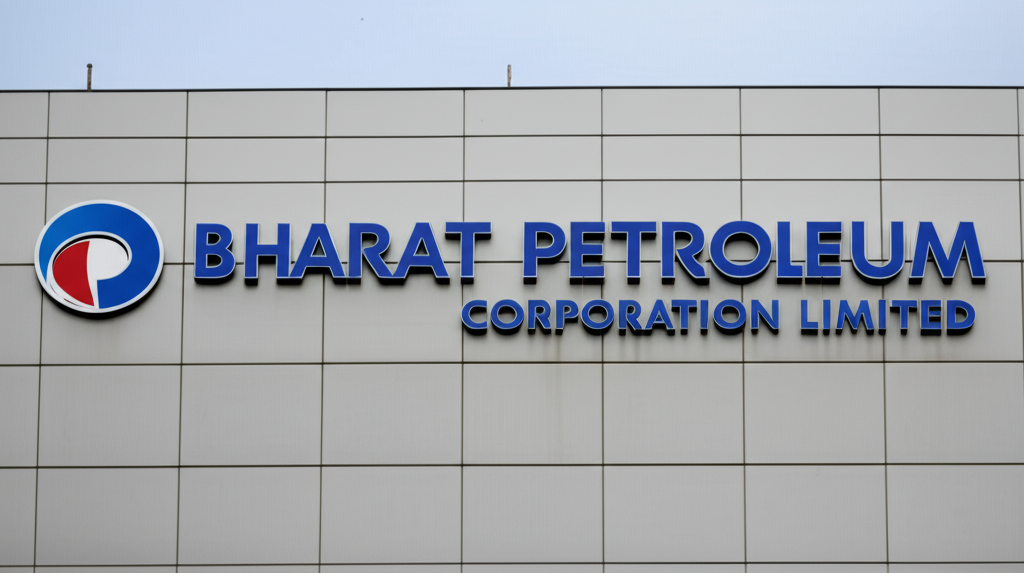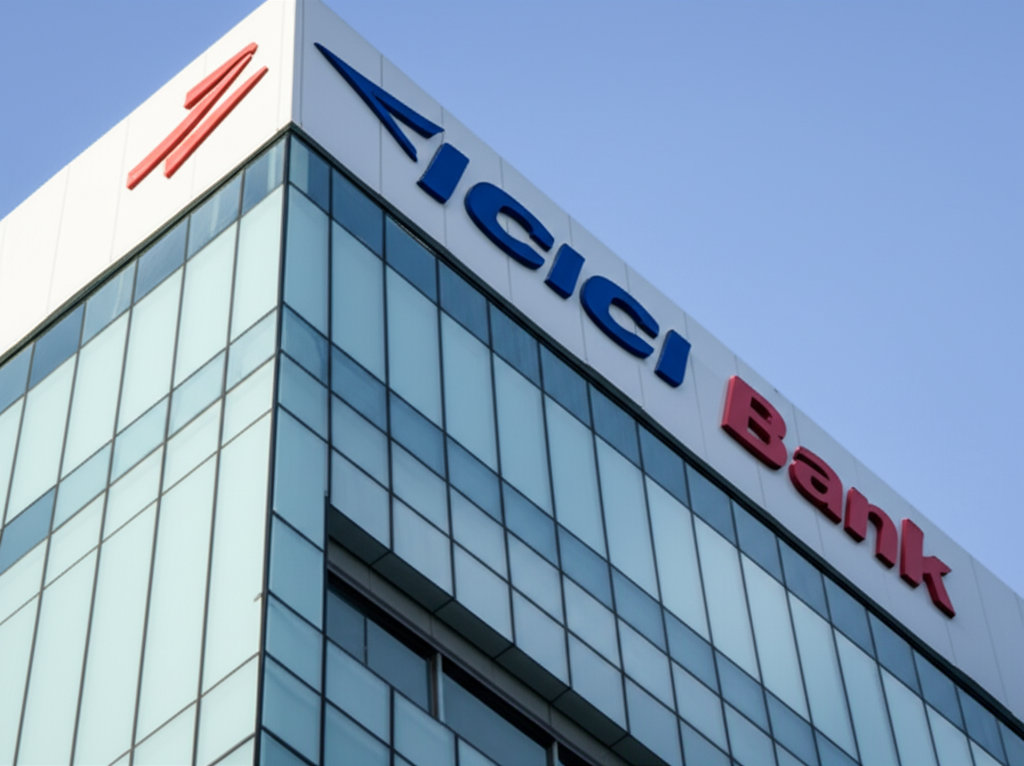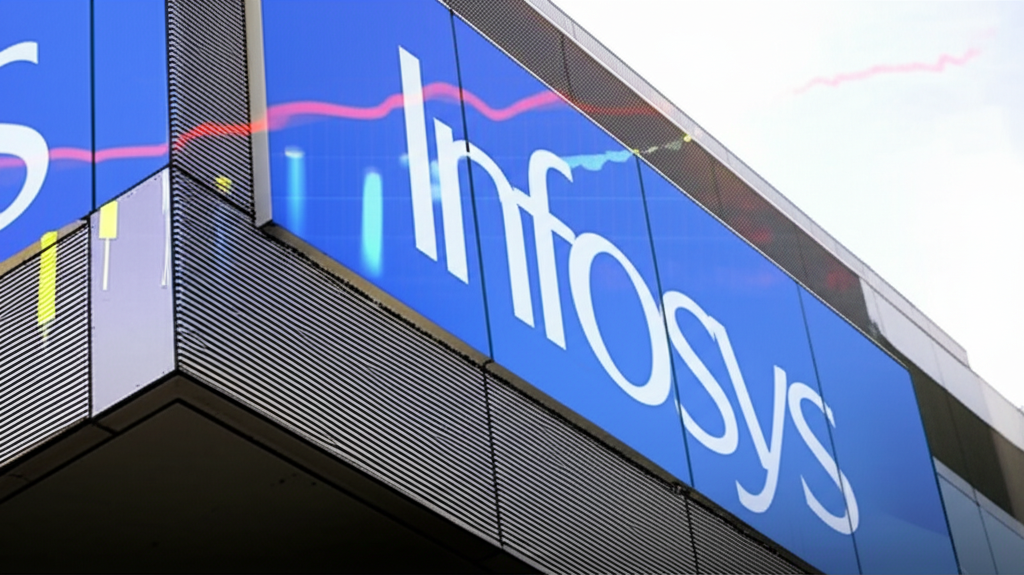BPCL’s Q4FY25 Net Profit saw an 8% year-on-year decline, settling at ₹4,392 crore, while revenue experienced a 4% dip to ₹1.26 lakh crore.
Introduction
Bharat Petroleum Corporation Limited (BPCL), a leading Indian public sector undertaking in the oil and gas industry, recently announced its Financial Results for the fourth quarter of fiscal year 2025 (Q4FY25). The results revealed a mixed bag, with a notable decline in both net profit and revenue compared to the same period last year. Net profit dipped by 8% year-on-year (YoY) to ₹4,392 crore, while revenue saw a 4% YoY decrease, settling at ₹1.26 lakh crore. This performance, against the backdrop of fluctuating global crude oil prices and evolving market dynamics, warrants a detailed analysis to understand the underlying factors and their implications for the company’s future.
Recent Financial Performance
The 8% YoY decline in net profit to ₹4,392 crore in Q4FY25 represents a significant setback for BPCL, especially considering the generally positive performance of the Indian Energy Sector in recent years. While the company hasn’t provided a detailed breakdown of the profit decline in its initial press release, several factors likely contributed. These include:
- Refining margins: Fluctuations in global crude oil prices directly impact refining margins, the difference between the cost of crude oil and the price of refined products. A squeeze in these margins, potentially due to increased competition or reduced demand, could significantly affect profitability.
- Marketing margins: Similarly, changes in the pricing of petroleum products in the domestic market, influenced by government regulations and taxation policies, impact marketing margins. A decline in these margins would directly translate to lower profits.
- Increased operating costs: Rising operational expenses, encompassing areas like energy costs, logistics, and employee compensation, could have eaten into profitability, despite a relatively stable revenue stream.
- Inventory losses: Changes in the price of crude oil and refined products between purchase and sale can result in inventory losses. If the prices fell during the quarter, this could have negatively affected the bottom line.
The 4% YoY dip in revenue to ₹1.26 lakh crore further underscores the challenging market conditions faced by BPCL. While a precise explanation requires a deeper dive into the company’s financial statements, reduced sales volumes or lower average selling prices could be contributing factors. Further analysis of the segment-wise revenue performance (refining, marketing, petrochemicals) is crucial to understanding the specific areas affected.
Market Trends and Industry Analysis
The Indian oil and gas industry operates within a complex global landscape. Several market trends significantly impact BPCL’s performance. These include:
- Global crude oil prices: The price of crude oil remains the most significant external factor influencing profitability in the refining and marketing segments. Volatility in global crude oil prices, driven by geopolitical events, OPEC+ decisions, and global economic growth, makes it challenging to predict future performance.
- Competition: The Indian oil and gas market is becoming increasingly competitive with the presence of both public and private sector players. Intense competition for market share may lead to price wars and reduced profit margins.
- Demand fluctuations: Seasonal variations and economic growth directly impact the demand for petroleum products. A slowdown in the Indian economy or changes in consumer behavior can affect sales volumes.
- Government regulations: Government policies, including pricing regulations, taxation policies, and environmental regulations, significantly impact the operations and profitability of oil companies like BPCL.
- Shift towards cleaner energy: The global shift towards cleaner energy sources, like electric vehicles and renewable energy, poses a long-term challenge to the traditional oil and gas industry. BPCL’s strategy to diversify into renewable energy will be crucial in mitigating this risk.
Sentiment Analysis of News Headlines
Initial news headlines following the release of BPCL’s Q4FY25 results have reflected a predominantly cautious sentiment. Many reports highlighted the decline in net profit and revenue, emphasizing the challenges faced by the company in the current market conditions. While some analyses attempted to contextualize the results within broader industry trends, the overall sentiment appears somewhat negative, prompting investors to reassess their positions.
(Note: A detailed sentiment analysis would require a comprehensive review of a large number of news articles and social media posts related to BPCL’s Q4FY25 results. This is beyond the scope of this immediate analysis.)
Regulatory and Macro-Economic Factors
The Indian economy’s overall health plays a crucial role in BPCL’s performance. A robust economy typically translates to higher demand for petroleum products, boosting sales volumes and revenue. Conversely, an economic slowdown can lead to lower demand, negatively impacting profitability. Government policies, particularly those related to fuel pricing, taxation, and environmental regulations, can also significantly influence BPCL’s operations and strategic decisions. For instance, changes in excise duties on petroleum products can directly affect profitability. Similarly, stringent environmental regulations might necessitate investments in cleaner technologies, impacting capital expenditure.
Risk Factors
BPCL faces several key risk factors, including:
- Volatility in crude oil prices: Unpredictable crude oil price movements represent a major risk, significantly impacting both refining and marketing margins.
- Geopolitical instability: Global geopolitical events can disrupt oil supplies and cause price volatility, impacting BPCL’s operations and profitability.
- Competition intensity: The increasing competition in the Indian oil and gas market poses a challenge to maintain market share and profitability.
- Regulatory changes: Unfavorable changes in government regulations, especially those related to pricing, taxation, and environmental protection, could negatively impact BPCL’s financial performance.
- Economic slowdown: A slowdown in the Indian economy could lead to a reduction in demand for petroleum products, affecting sales volumes and revenue.
- Environmental concerns: Growing environmental concerns and the shift towards cleaner energy sources pose a long-term challenge to the oil and gas industry and BPCL’s business model.
Future Outlook
The future outlook for BPCL remains uncertain, dependent on a confluence of factors, including global crude oil prices, the Indian economy’s performance, and government policies. The company’s strategic initiatives, such as investments in renewable energy and expansion of its downstream operations, will play a crucial role in shaping its future prospects. Successfully navigating the transition towards a cleaner energy future while maintaining profitability in the traditional oil and gas business will be key to long-term success. Close monitoring of refining margins, marketing margins, and overall demand for petroleum products will be essential to assessing BPCL’s future performance.
Recommendations for Investors
Investors should closely monitor BPCL’s performance in the coming quarters, paying particular attention to its strategies for mitigating the risks associated with crude oil price volatility, competition, and the transition to cleaner energy. Analyzing the company’s plans for diversification, cost optimization, and capital expenditure will provide valuable insights into its future growth trajectory. Given the current market conditions and the reported decline in profitability, investors might consider adopting a cautious approach, diversifying their portfolios, and closely monitoring the company’s financial statements and strategic announcements before making any significant investment decisions.
Disclaimer: This analysis is based on publicly available information and should not be considered as financial advice. Investors should conduct their own due diligence and seek professional financial advice before making any investment decisions.
“`















0 Comments